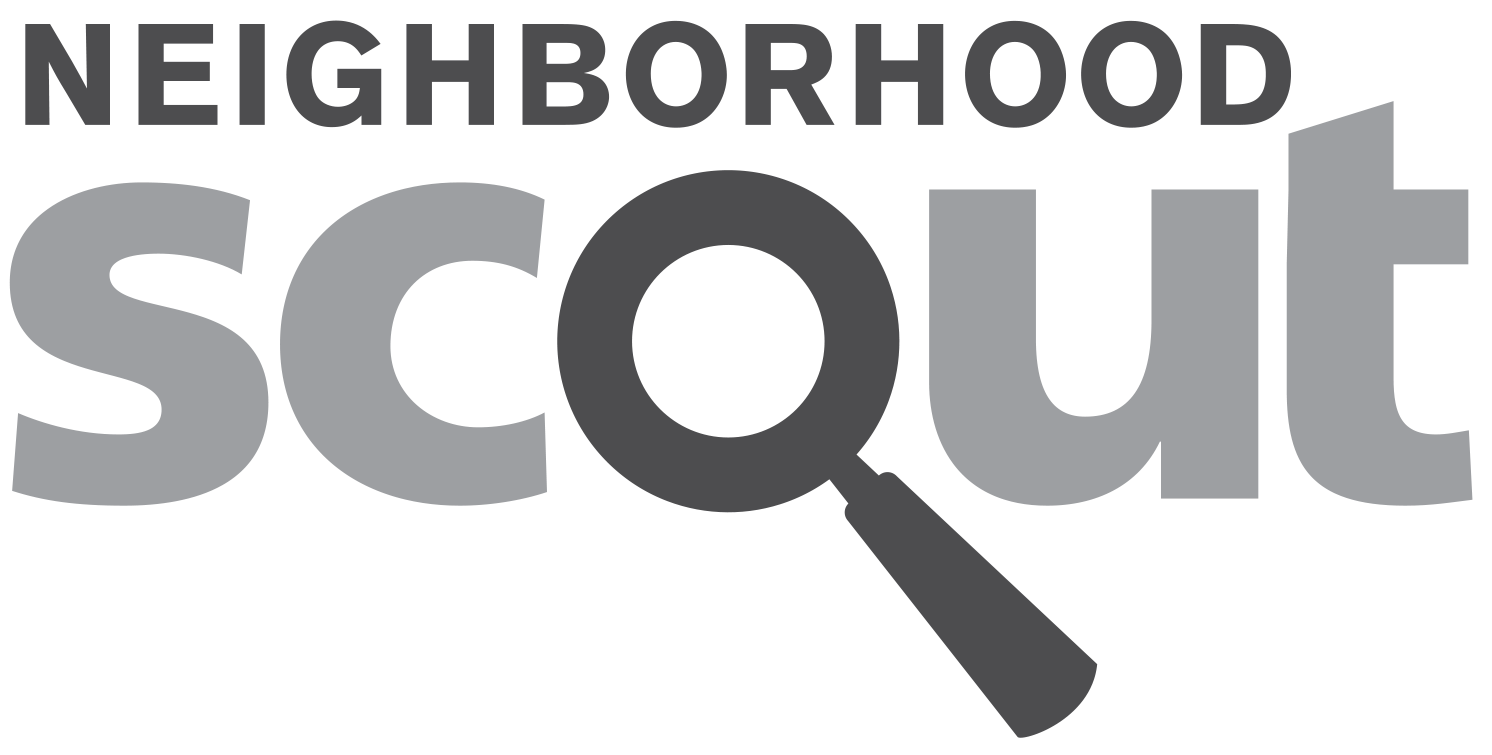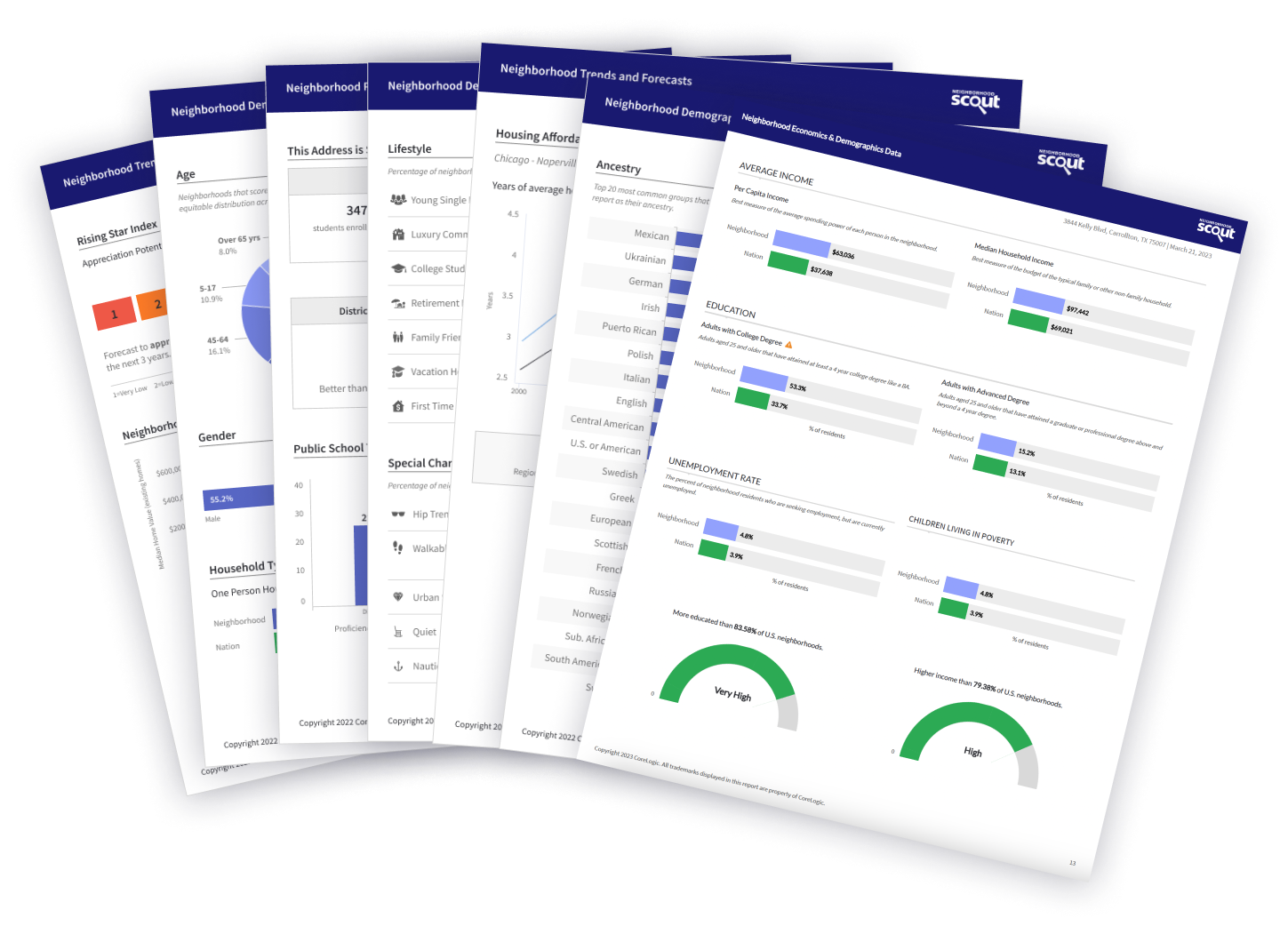And if you like science, one thing you'll find is that Condon has lots of scientists living in town - whether they be life scientists, physical scientists (like astronomers), or social scientists (like geographers!). So, if you're scientific-minded, you might like it here too.
Telecommuters are a relatively large percentage of the workforce: 16.46% of people work from home. While this number may seem small overall, as a fraction of the total workforce it is high relative to the nation. These workers are often telecommuters who work in knowledge-based, white-collar professions. For example, Silicon Valley has large numbers of people who telecommute. Other at-home workers may be self-employed people who operate small businesses out of their homes.
Another notable thing is that Condon is an extremely popular vacation destination. A significant portion of the population is seasonal. During the vacation season, the town experiences a large influx of people who take up residence in second homes they own in the area. As the vacation season ends, the population drops again, leaving behind a substantially quieter and smaller town.
The overall crime rate in Condon is one of the lowest in the US. This makes it one of the safer places to live in the country in terms of crime.
It is a fairly quiet town because there are relatively few of those groups of people who have a tendency to be noisy. (Children, for example, often can't help themselves from being noisy, and being parents ourselves, we know!) Condon has relatively few families with children living at home, and is quieter because of it. Renters and college students, for their own reasons, can also be noisy. Condon has few renters and college students. But the biggest reason it is quieter in Condon than in most places in America, is that there are just simply fewer people living here. If you think trees make good neighbors, Condon may be for you.
Being a small town, Condon does not have a public transit system used by locals to get to and from work.

